Marketing KPIs & Benchmarks for 2026
We work with B2B leaders every day who have extensive marketing data, but don't know what to make of it. It's hard to know you're on track to meet...
3 min read
Alex Ormond Fri, Apr 09, 2021


Gamification has some proven benefits to increasing customer engagement, but what can it do for your sales team? In many industries, risk aversion and market volatility mean slower sales cycles, lack of clarity on how to sell in a changing environment, and general sales malaise. Adding an element of fun and competition might be the answer to jumpstarting your sales team’s activities and helping them hit sales quotas.
Around here, we’re reluctant runners. It’s cold, snowy, and we’re tired. Running is a lot like sales: it’s about the activity itself that yields the benefits. Sure, you can improve on form and speed, but real results come from making the first step, doing the first mile, every day. Gamification helps team members by setting a step goal, getting a reminder from your smartwatch, checking it off as done, and sharing your route map. All of these are principles of gamification:
There’s no shortage of apps and tech for sports performance, but for sales gamification, you likely already have some of the tools you need. While the annual quota may feel overwhelming, the activity leaderboard gives sales reps full visibility into something they control: their own daily sales activities.
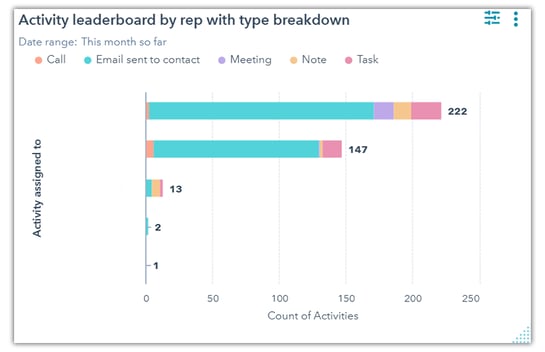
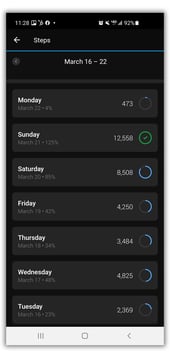
Fostering a sense of community and teamwork helps drive sales results as well—especially in Millennial and Gen X sales reps. Commission plans typically reward the individual—make sure yours accommodates team selling and collaboration. Whether you split into two teams that compete, or work toward a goal together with a prize that benefits the group, recognize and incorporate teams into the game.
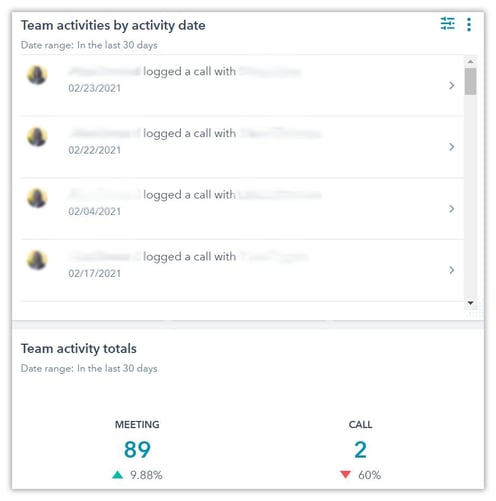
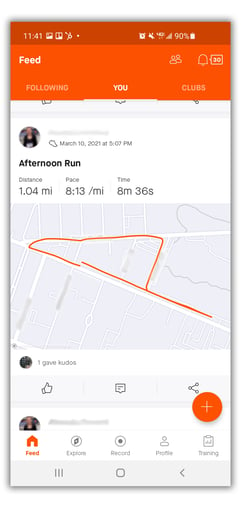
Identify micro goals (or ‘badges’). Gamification isn’t about just winning the game, it’s about the prizes along the way. There’s a psychology to this. Cash is king, but vouchers, charitable donations, and the most enticing the cracker jack mystery prize can create motivation, often more than its face value. These can help to involve a broader team outside of just sales. Our most successful referral program involved sales and service in a 2-week race to hit a target, with each referral earning a sticker, and a group shared prize if we hit target. Have you ever seen a PhD scientist race in to add a turkey sticker to the chart? Friends, it happened.
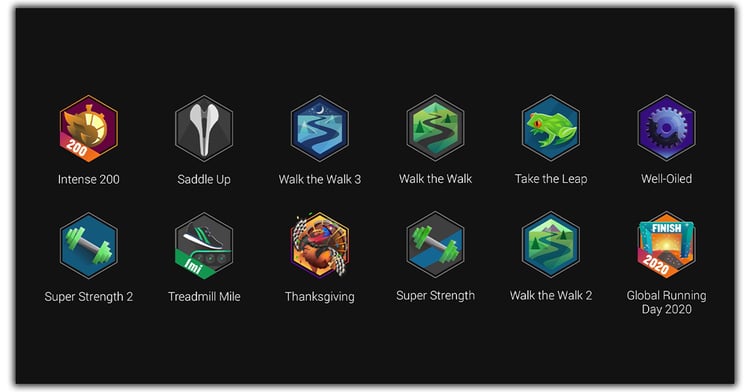
Referral campaigns also lend themselves to relay races—you don’t have to own all of it...just participate in the sales process. As long as there’s clear hand-off and next steps, this may fit your sales process.
Introduce the streak. If you’re committing to daily activity, the forced yes/no and tracking of days in a streak can create momentum and make it hard to get distracted by other day to day demands that cut into prospecting.
Add an element of fun. Think novelty, playfulness, and surprise. All can help to spur activity without driving up the cost of sales. Like the mystery envelopes as prizes or the sticker chart, sometimes a return to play can help take the fear and paralysis out of sales. Some of the appeal of playing cards is the physicality—the tactile act of shuffling (ask us about our sales cards) and the random selection. A well-designed sales system is anything but random, so this is where you may need to be creative. Mix up your outreach tactics, try a surprise incentive.
Learn more about ways to optimize your CRM and tech stack usage in our recorded lunch and learn series.

We work with B2B leaders every day who have extensive marketing data, but don't know what to make of it. It's hard to know you're on track to meet...

Get a Competitive Edge with Comprehensive AI & GEO Insights If you are beginning to notice an erosion in organic traffic and leads, it may be time to...

Updated on 6/10/24 The 80/20 rule or Pareto principle, is a long-standing business strategy that a lot of companies are applying right now to...